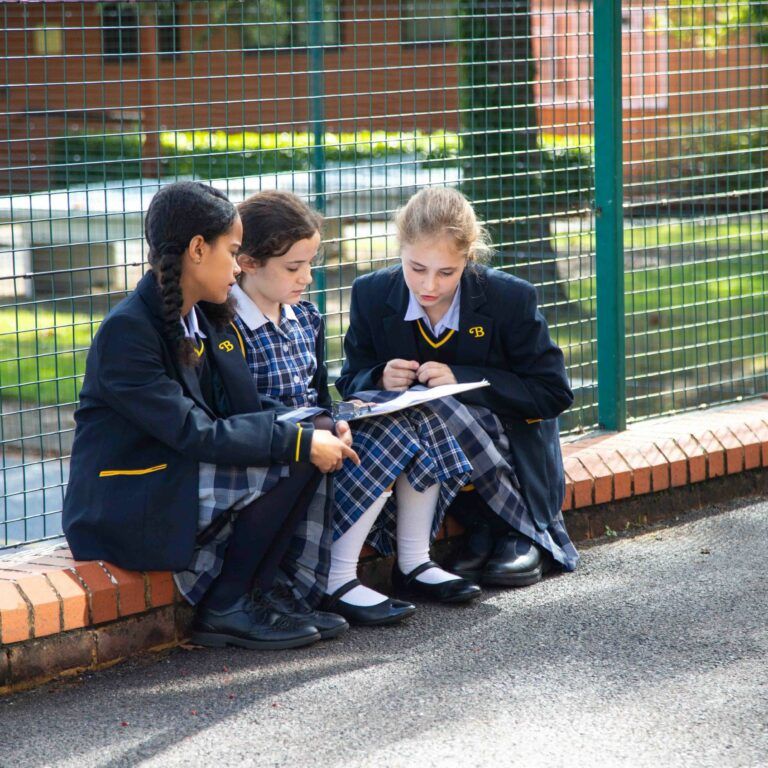Some of our GCSE geographers recently ventured to Weymouth for a weekend full of exploration and fieldwork! We asked Year 10 student Amelie to report back.
We drove to Osmington Bay on Friday morning and headed to PGL. After this, we left for Weymouth Harbour. While we were there, we did an EQA on the characteristics of the harbour and did a pedestrian count looking at the number of people going into the harbour compared to leaving and going towards the chain stores. We found that we had similar results after counting for two minutes. We then walked to Brewers Quay and did another pedestrian count and another EQA based on our surroundings. We spoke about the previous uses for Brewers Quay and its importance in the location being by the harbour meaning easy access to the sea but with residential areas behind it.
We then categorised areas on a map with RICEPOTS and looked at the type of building and what it was used for.
We returned to PGL and then copied our EQA results onto graphs showing aesthetic values, buildings, natural features, open space, recreation and tourism, chain stores, noise pollution and litter and vandalism.
On day two we went to Lyme Regis and looked at beach nourishment strategies and coastal profiling. We also measured the longshore drift across the beach. We used ranging poles and a clinometer and used this to measure the beach profile. We also picked up five rocks and evaluated how smooth/rough they were. We predicted that the further down the beach they were, the smoother the rocks would be due to the waves smashing rocks and pebbles into each other causing them to break and become smoother.
On day three we went to Lulworth Cove and Durdle Door. We went down a steep sloping path and we saw an arch, a stack, a stump, cliffs and the beach. We looked at how the area has been preserved and how it is being looked after. We also looked at the advantages of Portland Limestone and chalk. Due to both being hard rocks, they take much longer to be eroded. We also looked at how the cove was formed and how the steps have to be replaced every year or so due to the sliding and slumping of the land and cliffs.
Overall, it was really interesting to learn about the different management strategies and the facts about the local area.



